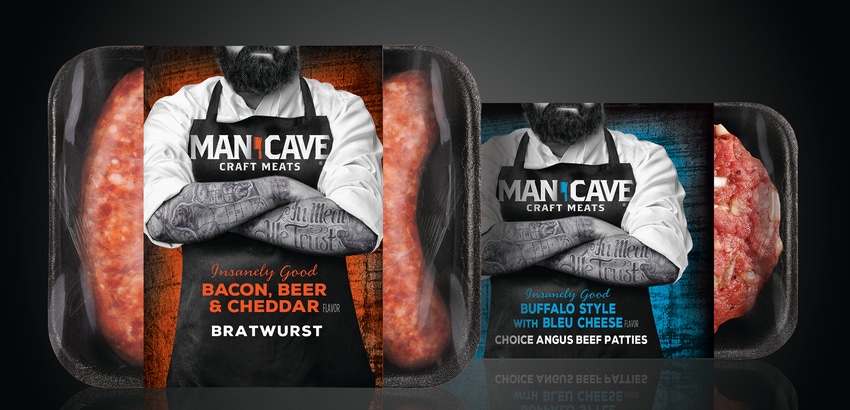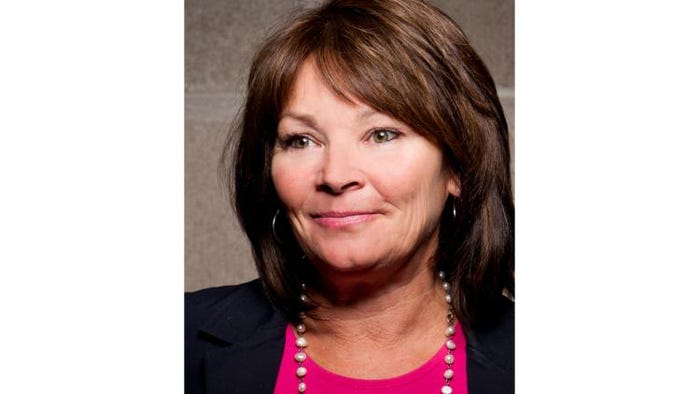4 tips for applying local inspiration to scalable brands with big dreams
October 13, 2015

In creating product packaging for upstart brands, one approach is to look at the ultimate goal—rising to become a top brand in the category nationally or even internationally—and to then copy the look of brands that have already reached this summit. The problem with this approach, though, is its inherent lack of authenticity. Copying others is what you do when you have low self-esteem, right?
This “knockoff play” sometimes works, of course, but it can certainly be problematic in today’s marketplace, where the need for authenticity is playing an ever-larger role and will continue to do so as Millennials and Generation Z’s take the reins. Simply put, today’s consumers are looking for authentic stories. This is precisely why so many of them are strolling through farmer’s markets every week, befriending neighborhood chefs and food truck operators, and just generally doing all they can to live by the mantra “think globally, buy locally.”
In fact, the rapid success of so many local operators is translating into growing demand for an alternate strategy to the knockoff play—namely, helping brands maintain their authenticity and potential for category disruption even as they scale up to become players on the national stage.
One example of this phenomenon is Man Cave Craft Meats. Over the past couple of years, this plucky startup moved from its tent at the Minneapolis Farmers Market to a rapid and aggressive rollout, now underway, to more than 500 grocery stores across the country.
The founders of Man Cave Meats, Nick and Josh Beste, were university students when they launched the business. These young entrepreneurs started out by selling grilling products and other male-oriented stuff at product parties held in Minneapolis homes. However, when customers began raving about the standout flavors of the meats they were serving at these events, the Beste brothers smartly decided to switch gears. Man Cave Meats was born.
As the popularity of Man Cave Meats’ food truck and farmers market tent skyrocketed, the brothers also made the smart strategic move of bringing in a national agency for expert help with their brand identity and product packaging. Unlike the typical products on grocery store shelves, after all, Man Cave Meats’ flavors were true standouts. They included 50/50 Bacon burgers, sriracha chicken sausages, buffalo-style bratwursts with bleu cheese and more.
Until recently, the de-facto approach might have been for the agency to try to persuade the Beste brothers to make Man Cave Meats another Hillshire Farms or Johnsonville Brats. But given the strength of local narratives in today’s marketplace, that would have been a mistake. Would the likes of craft beer icons Founders Brewery Co. or Summit Brewing Co. have tried to imitate the packaging of Coors or Budweiser? No way. Thus it made perfect sense for this local company to take a bold, independent approach to packaging as well.
Man Cave Meats’ packs feature black backgrounds, attention-grabbing typography treatments and gritty photographs of manly characters with beards, tattoos—and no apologies. This is in keeping with the original inspiration of the brand and conveys the Beste brothers’ love of their craft. However, it also happens to contribute to a packaging design system that is distinctive enough to be disruptive at shelf.
And disruptive is the operative word: These packs were definitely not designed to appeal to everybody. A grandma who has always bought Hillshire Farms or Johnsonville meats might indeed do a double-take at Man Cave Meats’ “Long live the butcher!” slogan, or the brand’s photographs, commissioned by the agency, of a muscular, bearded, tattooed butcher staring confidently into the camera.
Foodies and down-to-earth meat eaters, however, immediately understand and respond to this packaging. So, too, do curious customers who are more adventurous and eager to branch out. Maybe they are already familiar with, say, small-batch bourbon, but haven’t yet tried craft meats. Man Cave Meats gives them the opportunity to discover something new.
As agencies increasingly work with local brands that have big dreams, then, here are four principles to keep in mind:
1. Be not afraid.
It can be a joy to work with local brands that are not consumed with handwringing over how to be all things to all people. If the agency responds to this with conservative naysaying—“No, you can’t do that because you’ll put people off”—authenticity will be lost in the process. So, too, could the business opportunity represented by the offbeat brand’s disruptive potential. If the brand’s founders have achieved success locally by expressing a sardonic sense of humor, using edgy models, or being high-brow and uncompromising, your job is to make this scalable, not to play “Church Lady” and shut it down.
2. Emphasize quality—but tell the truth.
In today’s marketplace, consumers who seek out authentic and local brands are typically obsessed with quality as well. Today’s consumers are highly educated. They regard generalized terms like “eco-friendly” or “top quality” as dubious, to say the least. Consumers know that meaningless terms such as these are the first resort of inauthentic brands (imprecise language can get you in trouble with regulators as well, but that’s another story…).
Be specific. Tell people exactly how the brand differentiates itself from a quality standpoint, and make sure the story is true. The trick, though, is to avoid clutter in the process. Provide only as much information as the consumer needs to feel informed.
3. Emphasize the local angle—but be subtle.
Have you ever been to an airport or tourist trap gift shop where the “local angle” was laid on so thick you wanted to head for the exit? Emphasizing a brand’s local roots requires some subtlety. A visual or textural reference here or there to the city and state of origin is fine, but avoid laying it on thick via hackneyed and obvious references to geography. “Welcome to Florida!” is not what you’re trying to say with the brand.
4. Be happy with smaller market share.
Sounds like sacrilege doesn’t it? And it is—for some of the mass-market players. In the case of local-inspired brands, however, being disruptive and nipping at the heels of the big dogs can be a perfectly sound strategy. Apologies to people with those big foam fingers, but you don’t always have to be No.1.
Acquired by Unilever in December 2014, Minneapolis-based Talenti Gelato is a case in point. This local brand made its mark by going after the likes of Ben & Jerry’s and Häagen-Dazs in a savvy and disruptive fashion. Taking on Breyer’s wasn’t the goal. With its plastic jars and screw-on tops, Talenti was too different to have any hopes of occupying the No.1 spot. But this and other differentiators contributed to the brand’s growth within the category. If a local brand has disruptive potential, in other words, make sure the packaging leverages this rather than neuters it.
We live in a world of paradox. One of the funny things about local brands is that their authentic stories make them popular, not only with consumers, but with the brand-acquisition departments at multinational corporations as well. General Mills snapped up Annie’s. Hershey’s bought Krave jerky. And of course, most of the seemingly independent brands at Whole Foods—Tom’s of Maine, Odwalla, you name it—are owned by huge corporations. For me, this speaks to the power of local brands and the authentic stories behind them. If these brands weren’t appealing to consumers, after all, the biggie corporations would leave them be.
Strong local brands have lots to be proud of. Knocking off others is the last thing they want to do. Our job as storytellers is to help them communicate as clearly and effectively as possible. If they ultimately make millions of dollars in the process and become household names well beyond the borders of their hometowns, who are we to complain?

Nancy Brown is a managing partner of brand agency CBX. Reach her at [email protected].
About the Author(s)
You May Also Like


